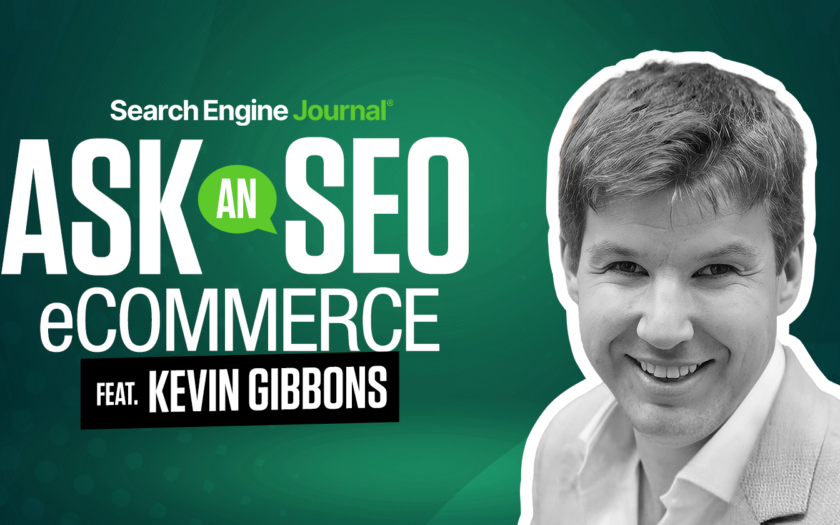The vast majority of searches that returned an overview were informational searches (who, where, when, why, etc.) – less than 6% were commercial in nature, and less than 5% were transactional.
This suggests that a limited proportion of search intent that gets answered by AI Overviews is related to the kinds of things sold on the site.
Basically, AI Overviews answers longer tail questions like [how to style a bucket hat].
But if someone just searches [bucket hat], they’ll be shown PLAs and organic SERP results – not a generative AI response.
AI Overviews Could Help You Leapfrog Competitors
As I mentioned above, AI Overviews provide citation links to websites that also rank in the top 10 organic results.
However, an analysis from Surfer SEO suggests this only happens 52% of the time. For the other 48% of sources, websites further down the rankings (some of which may be quite obscure) can get a link right at the top of the SERPs if their content helps inform Google’s AI.
This means that, even if your website doesn’t currently rank on page one, you could still get page one levels of traffic if your content is referred to by Google.
What Can You Do To Stay Ahead As AI Becomes More Widespread?
With the same caveats mentioned above regarding the pace of change in this field, I think there are a handful of things you can do to keep getting traffic to an ecommerce store.
My first tip is simply to keep following the best practices. Sorry, I know it’s not very exciting! But the fact is, creating useful, original, accurate, and reliable content – in line with Google’s Helpful Content Update – is still the way to go.
Given that over half of the sources cited in AI Overviews also appear organically in the top 10 results of SERPs, this tells us that producing quality content remains the best way of ranking.
I’m guessing the inquirer has a fashion niche. If so, providing personalized styling ideas, seasonal fashion tips, guides to choosing the right hat/jacket/dress/jeans, etc., will all help increase the chances of winning traffic.
Another unexciting (but still reliable) tip is to follow good ecommerce “hygiene.”
Keep the product schema up to date and accurate, and provide detailed attribute tables that tell Google and other search engines what the site is about. I know, it’s hardly groundbreaking stuff. But it will help feed the algorithm and make the website more likely to appear in searches.
For product detail pages (PDPs), I’d also recommend focusing on unique product descriptions (like highlighting things about the design, the fabric, or how to style it). These are things that AI can’t figure out yet, and which the competitors may not have written about.
On that note, I’d also strongly recommend human curation when writing content.
As impressive as ChatGPT and others are, they can only regurgitate information that already exists.
To describe new products, features, or styles, you need a human to do it. Of course, generative AI can certainly help get the ball rolling if you’re staring at a blank page, but it needs your expert touch, too.
I hope this helped. Clearly, search is going through a period of massive change.
But ultimately, by following the best practices and focusing on quality, helpful content, you’ll continue to give yourself the best chances of attracting traffic and converting customers.
More Resources:
Featured Image: Paulo Bobita/Search Engine Journal
